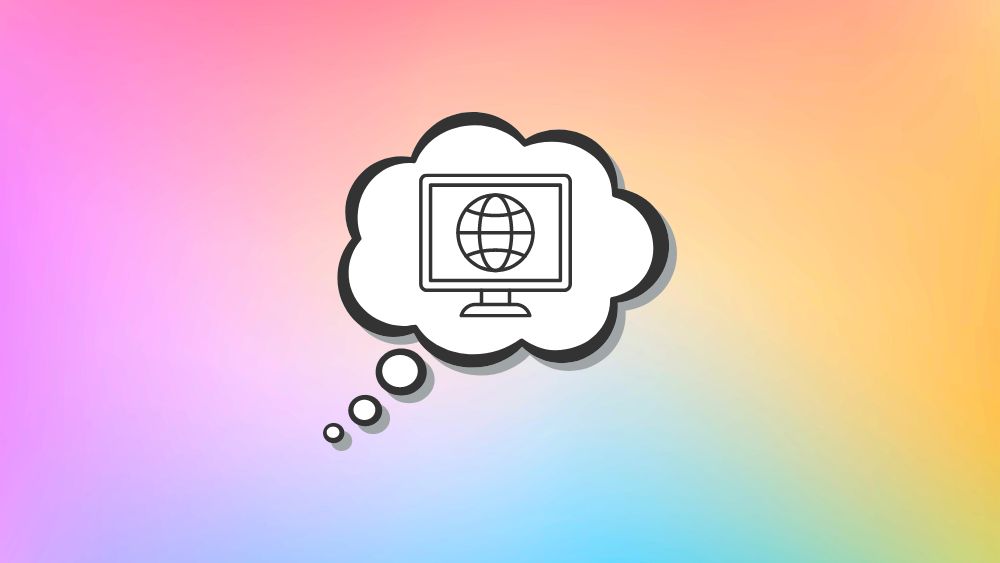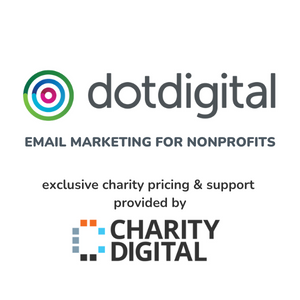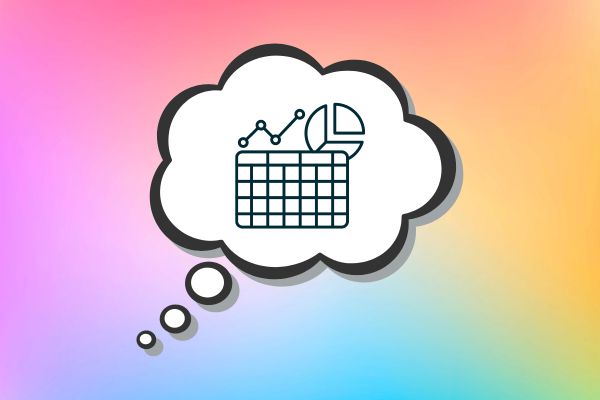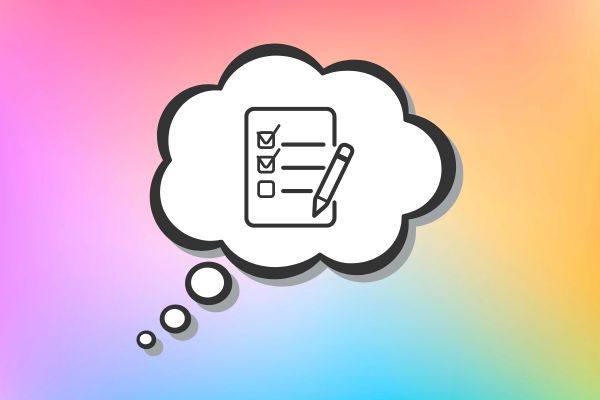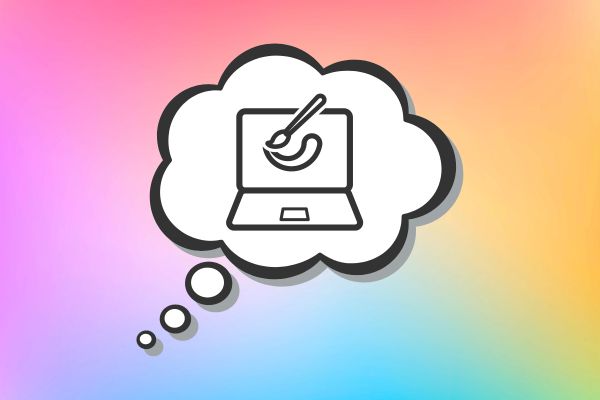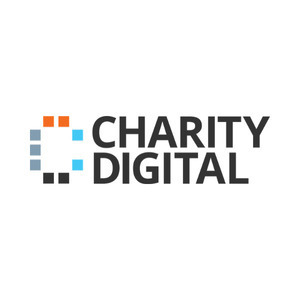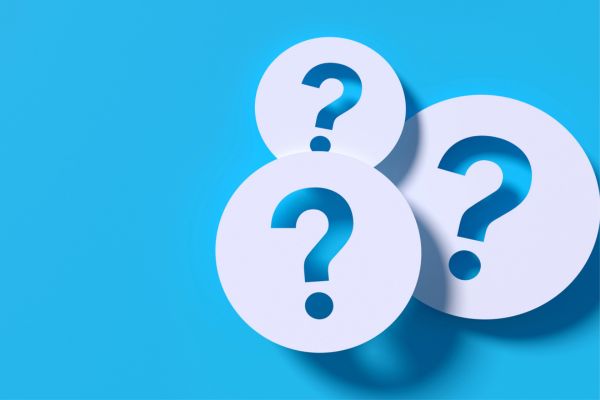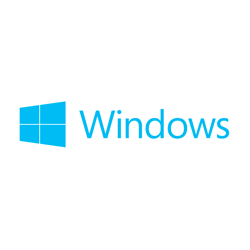Insights
INSIGHTS
All Topics
My Account
Tech Review: Notion
18 Mar 2024by Josie Sparling
Drawing on our experience using tech as a charity, our Tech Review series features honest reviews by the Charity Digital team about the tech they have used in their day-to-day lives. What does our Growth and Engagement Marketing Manager think about the online workspace Notion?
Notion is a connected workspace that can be used by individuals or organisations. Users can organise their workflow by creating pages and folders which can be linked together, create tables and checklists, embed external content, and use other features such as knowledge wikis, docs, and project management. It has also now introduced artificial intelligence (A.I.) capabilities.
James Shamsi, Charity Digital’s Growth and Engagement Marketing Manager, uses Notion outside of his work at the charity to organise tasks, keep track of documents, and manage budgeting. In this review, he explores its benefits for individual use with a view to how it could be used for charity teams.
In one word
“Complete.” This is because Notion has many different functions within its single platform.
This means that you can be writing on a doc or page, and then within that you can have a table with all sorts of fields that you can filter with a range options and data types. You can then track and manage your tasks from the same place too, and have simple automations enabled to help make your workflows even more efficient.
Whereas with Google Docs or Microsoft Word, you need to use individual docs to write text, then to create an advanced table, and then you would need to use a range of complicated automations to have these all of these communicate with each other. You would also need to use a separate tool for your customer relationship management (C.R.M.), or a tool like Asana for task management. With Notion, you can keep everything for your team’s workflow in one place.
Uses
I use it as a replacement to Google Docs, Asana, and Excel for my personal work and passion projects. This includes using Notion for my to-do lists, keeping track of documents in an organised, searchable way, and using its database tools to manage my budgeting.
What I like most is that Notion makes work beautiful. Each doc can be formatted in a page-less way, margins are formatted to be pleasing to the eye, and each doc can be given a cover photo. Notion’s overall user experience, user interface, and capabilities for formatting docs make it a genuine delight to work on.
Features
Task management
Notion allows you to create, manage, assign, and track tasks with your team. They also have free templates to help with this. As Notion can show tasks in table, calendar, and other views, it can be a great replacement to tools like Asana.
CRM functionality
Notion has powerful database tools, which allow you to create a database of users, partners, and stakeholders on Notion. You can also connect Notion to other apps like dotdigital or Outlook using Zapier. If you’re currently using another C.R.M. tool you can also import existing data. All of this helps to make Notion an effective C.R.M. solution if you want everything for your work in one place.
Intranet use
Notion is a great way to create an intranet because it allows you to neatly organise docs, including those created in Notion. They also have free intranet templates to help.
Built-in AI powered work assistance
Notion now has A.I. built in and it’s very easy to use. If you’re writing an email to donors, you can simply put a forward slash in any text, and it’ll open a prompt that Notion A.I. answers. For example, if you want inspiration for an email, you can use Notion’s A.I. right there in the doc to help, no switching over to ChatGPT.
Zapier integration
One of the reasons Notion can be considered “complete” is because Notion is able to use Zapier to integrate with hundreds of other apps to make your workflows more efficient. You can find everything it can connect to here.
The learning curve
Notion’s user experience and user interface is very simple – that’s one of the first things you’ll notice. By simply using the forward slash (/) in any place where you can type, you can pull up all the options of things you can do (such as make a table, insert an image, and use the A.I. functionality).
Notion also uses a very simple drag-and-drop style: a design choice which makes the learning curve short.
Importantly, there are also a plethora of YouTube videos, TikToks, and articles showing how to use Notion and different tips and tricks for the platform. I used these when I wanted to build more advanced things and I highly recommend them to someone starting out, too.
Notion also provides hundreds of specific workflow-based templates that you can easily use to have fully-built C.R.M.s, task managers, and more without any effort.
Value for money
Notion has a basic free offering that can do everything (apart from automations). However, it has a limit of how much you can add to it before you need to pay for a subscription.
This free version limit allows you to add 1,000 blocks to your Notion account, which is more than enough for you to give Notion a try to see if it’s right for you. For paid versions, Notion costs $10 per member per month on a monthly billing plan, or $8 per member per month on a yearly billing plan.
Pros and cons of Notion
Pros:
- Easy to learn and use
- Ability to have everything for your workflow in one place
- Strong team collaboration tools
- Zapier integrations allowing you to integrate Notion with other tools
- Beautiful user experience and user interface to make work more fun
- Thousands of free templates to choose from to get you starte
- Thousands of videos on YouTube, TikTok, and more for tips and tricks
- A great web browser and app experience to access Notion
Cons:
- The free version caps you at 1,000 blocks
- If you have large teams, the paid version costs can add up
I have not personally experienced many negatives but in their Trust Pilot reviews, they have a rating of 3.2 stars, which is “Average”. The top five complaints are around billing issues and refund refusals, lack of features around formatting options such as with text, iPad app functionality limitations, customer service concerns, complaints from developers about application programming interface limitations, and complaints about opaque financial practices and hidden costs.
Final score
9/10 – Notion has all the tools I need, and they are constantly innovating and adding more. Notion was one of the first tools to integrate A.I., and they have many more features in the works. The only major downside I believe it has is the current plan’s cost per user.
James is on the growth marketing team at Charity Digital. He has previously co-founded and ran Violet Management, an agency that grew and managed seven-figure subscription revenues for clients, co-founded G.E.A.R., a green energy Bitcoin mining farm that raised $3.5 million, raised $1.4M on Kickstarter campaigns for G.N.A.R.B.O.X. as V.P. of Marketing, co-founded Social I.Q., a growth marketing agency, written for Entrepreneur, and driven over 1 billion views in his work as a viral campaign and P.R. stunt producer and consultant. You can find more about James, his work, and his articles on: www.JShamsi.com
Our Events
Charity Digital Academy
Our courses aim, in just three hours, to enhance soft skills and hard skills, boost your knowledge of finance and artificial intelligence, and supercharge your digital capabilities. Check out some of the incredible options by clicking here.

